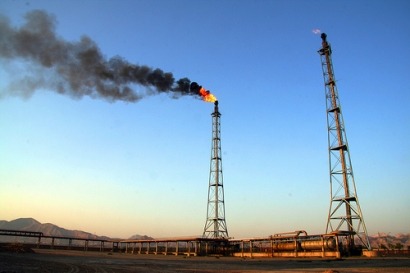
The slight increase in flaring from 138 billion cubic meters in 2010 to 140 bcm in 2011, revealed in latest satellite data, is due largely to increased hydrocarbon production in Russia and shale oil and gas operations in the US state of North Dakota.
While not significant when viewed against the longer-term 20 percent drop in flaring since 2005 — from 172 to 140 bcm — the new increase is a warning sign, World Bank officials said.
Gas flaring reductions since 2005 have cut greenhouse gas emissions by a volume equivalent to that emitted by some 16 million cars.
“The small increase underlines the importance for countries and companies to sustain and even accelerate efforts to reduce flaring of gas associated with oil production,” said Bent Svensson, manager of the GGFR partnership. “It is a warning sign that major gains over the past few years could be lost if oil-producing countries and companies don’t step up their efforts.”
Highlights from the 2011 satellite data on flaring include:
“By reducing gas flaring, oil-producing countries and companies are improving energy efficiency and mitigating climate change,” said S. Vijay Iyer, Director of the World Bank’s Sustainable Energy Department. “Instead of wasting this valuable resource, we now need to develop gas markets and infrastructure so the associated gas can be utilized to generate electricity and cleaner cooking fuels.”
Inconsistent data and often under-reporting of gas flaring by governments and companies has complicated the global effort to track progress on flaring reduction. GGFR’s cooperation with the US National Oceanic and Atmospheric Administration (NOAA) to use satellite data aims to improve the reliability and consistency of global gas flaring data. This has now resulted in more consistent national and global estimates of gas flaring volumes from 1995 through to 2011.
The GGFR, a public-private initiative of some 30 major oil-producing countries and companies, aims to overcome the challenges for the utilization of associated gas, including lack of regulations and markets for associated gas utilization. GGFR partners’ main objective is to reduce the environmental impact of gas flaring, as well as the waste of a valuable energy source.
Global gas flaring, estimated in 2011 at 140 billion cubic meters (bcm), also accounts for some 360 million tons of greenhouse gas emissions. Eliminating these annual emissions is equivalent to taking some 70 million cars off the road.
For additional information:

